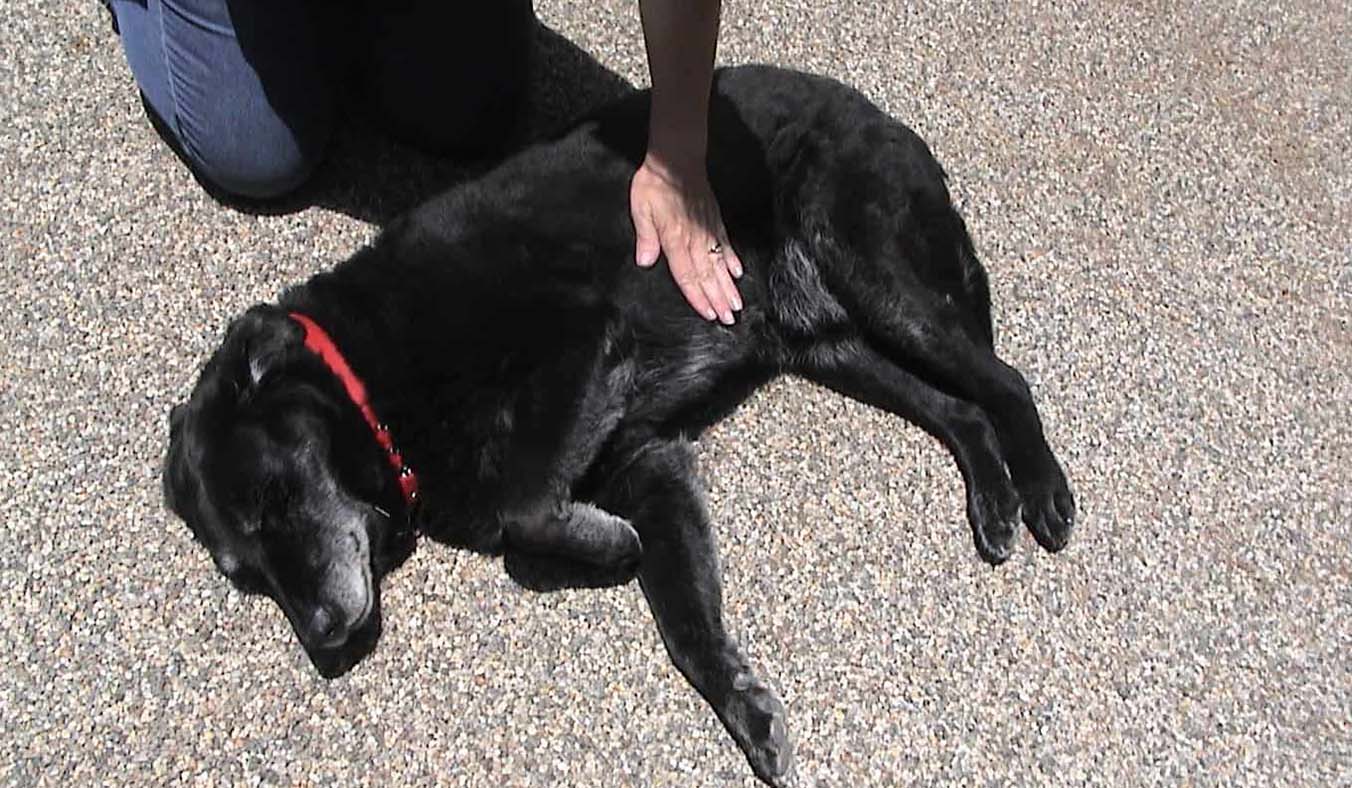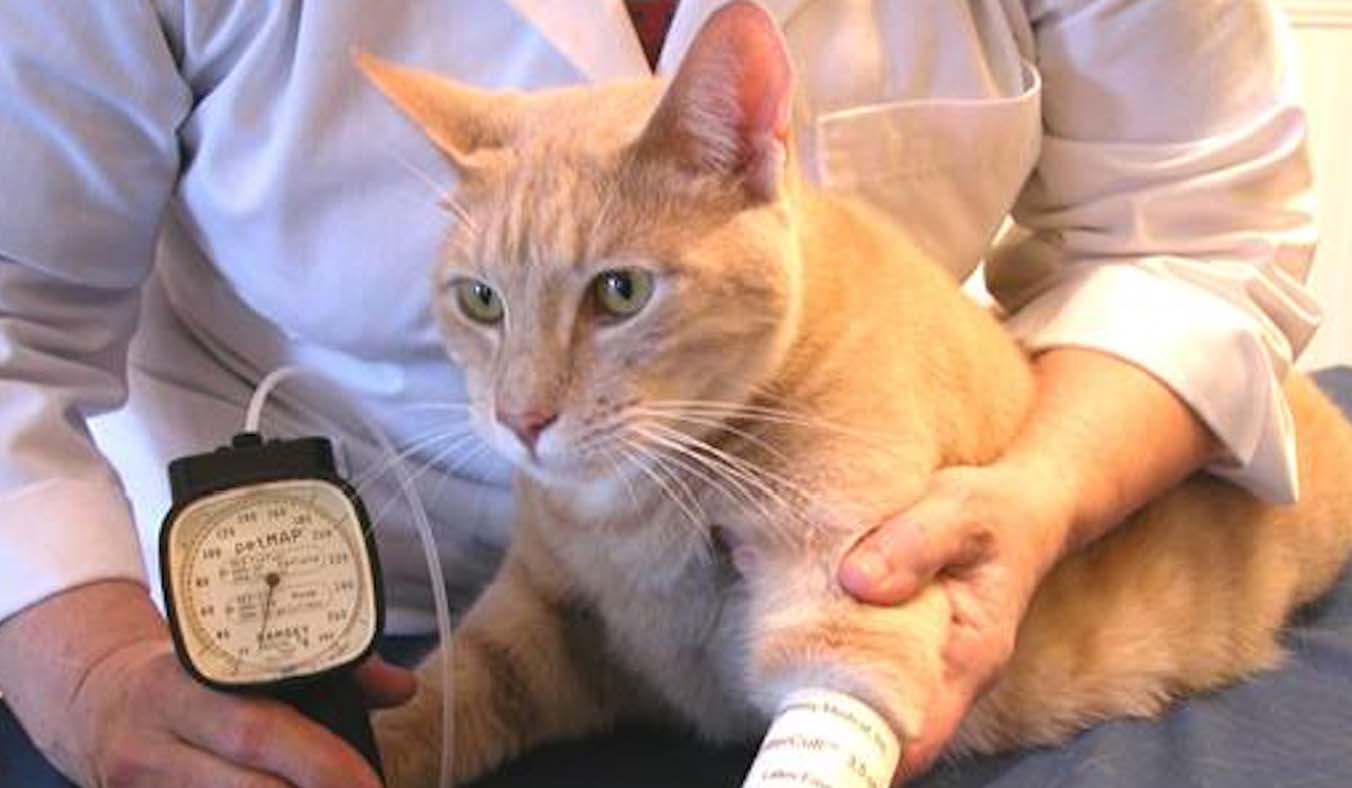In the realm of canine health, heart murmurs stand as a topic of intrigue and concern for pet owners and enthusiasts alike. With their enigmatic presence and potential implications, understanding these murmurs is paramount for ensuring the well-being of our beloved canine companions. Join us as we unravel the mysteries surrounding canine heart murmurs and delve into the intricacies of diagnosis and treatment.
What Are Canine Heart Murmurs?
In the intricate symphony of a dog’s cardiovascular system, heart murmurs emerge as poignant notes of discord, signaling potential disruptions within the rhythmic melody of a healthy heartbeat. Let’s embark on a journey to unravel the mysteries behind these enigmatic murmurs and explore their significance in canine health.
At its essence, a canine heart murmur is a deviation from the harmonious lub-dub cadence that typifies a normal heartbeat. When a skilled veterinarian places their stethoscope against a furry chest, they listen intently for these aberrant sounds—soft murmurs that interject amidst the steady rhythm of the heart’s pulsations.
Imagine, if you will, the heart as a majestic conductor orchestrating the flow of life-giving blood throughout the body. Each beat, a testament to the heart’s unwavering dedication to its vital task. Yet, amidst this symphony, murmurs emerge as unexpected dissonances, hinting at disturbances within the heart’s chambers.
What gives rise to these murmurs, you might ask? Well, the answer lies in the intricate dance of blood flow within the heart. Sometimes, it’s a structural anomaly—a malformed valve, a tiny breach, or a congenital defect—that disrupts the smooth passage of blood, creating turbulence and giving rise to murmurs. Other times, it’s a functional irregularity, perhaps stemming from inflammation, infection, or the wear and tear of age, that disturbs the heart’s rhythm.
But not all murmurs carry the same weight. Some are innocent bystanders, fleeting whispers that fade into the background with time. Others, however, serve as poignant reminders of underlying issues—a call to action, urging further investigation and, if necessary, intervention.
So, what significance do these murmurs hold for our canine companions? Well, it varies. In some cases, a heart murmur may be inconsequential, a minor blip on the radar of a dog’s health. In others, it could herald more serious conditions—a beacon guiding veterinarians and pet owners alike towards a deeper understanding of the heart’s inner workings.
In essence, canine heart murmurs serve as silent messengers, carrying tales of the heart’s struggles and triumphs. They remind us to listen closely, to interpret the subtle nuances of the cardiac symphony, and to embark on a journey of vigilance and care to safeguard the well-being of our cherished canine companions.
Exploring the Causes of Canine Heart Murmurs

Within the intricate tapestry of canine health, the genesis of heart murmurs unveils a multifaceted tableau, where myriad factors converge to orchestrate their enigmatic presence. Let’s embark on a journey through the labyrinth of canine cardiac anomalies and unravel the threads that weave together this complex narrative.
Structural Anomalies:
At the heart of the matter lies the realm of structural aberrations—defects that disrupt the delicate architecture of the canine heart. Picture a finely crafted mechanism, where each valve, each chamber, plays a crucial role in maintaining the seamless flow of blood. Yet, in some dogs, this symphony is marred by anomalies—a misaligned valve, a septal defect, or an imperfection etched into the heart’s blueprint from birth. These anomalies create turbulence within the heart’s chambers, stirring the tranquil currents of blood into chaotic eddies and giving rise to murmurs that echo through the stethoscope.
Acquired Conditions:
But the tale of murmurs does not end with structural anomalies alone. In the ever-changing landscape of canine health, acquired conditions cast their shadows upon the heart’s canvas, altering its rhythm and harmony. Imagine the insidious creep of heart disease, the stealthy invasion of infections, or the ominous presence of cardiac tumors—each a harbinger of disruption, each a catalyst for murmurs to emerge. Whether by compromising cardiac function, impeding blood flow, or inciting inflammation, these conditions sow seeds of discord within the heart, amplifying its murmurs into a symphony of pathology.
The Interplay of Factors:
Yet, it’s not merely the presence of these individual factors but their intricate interplay that shapes the symphony of canine heart murmurs. Structural anomalies may predispose the heart to acquired conditions, while acquired conditions may exacerbate preexisting anomalies, creating a vicious cycle of pathology. In this dance of etiology, each factor adds its own unique cadence to the murmurs heard by the discerning ear of the veterinarian.
In essence, the causes of canine heart murmurs paint a vivid portrait of the intricate balance between anatomy and pathology, between congenital predispositions and acquired afflictions. By unraveling the tapestry of factors contributing to murmurs, veterinarians can glean insights into the underlying mechanisms shaping canine cardiac health, guiding diagnostic efforts and therapeutic interventions aimed at restoring harmony to the heart’s symphony.
Unveiling the Symptoms of Canine Heart Murmurs
In the intricate tapestry of canine health, the presence of heart murmurs often conceals a myriad of subtle signs, whispering tales of underlying cardiac turmoil. While these murmurs themselves may remain elusive to the untrained ear, the accompanying symptoms offer poignant glimpses into the heart’s struggles. Let’s delve deeper into the spectrum of manifestations that may herald the presence of canine heart murmurs:
- Lethargy and Reduced Exercise Tolerance: Picture a once-vibrant pup, now subdued, their zest for life waning, their playful antics replaced by a weary reluctance. Lethargy, that silent sentinel of systemic malaise, often accompanies canine heart murmurs, robbing dogs of their vitality and vitality.
- Coughing, a Telltale Sign: Imagine the gentle cough that punctuates a dog’s repose, a subtle reminder of an underlying struggle within. Whether triggered by physical exertion or arising at rest, coughing serves as a poignant indicator of cardiac compromise—a plea for attention, a harbinger of impending distress.
- The Weight of Breathlessness: As the heart labors against the currents of adversity, dogs may find themselves grappling with the weight of breathlessness—a sensation of suffocation, a struggle for air. Each inhalation, a testament to the heart’s Herculean effort to overcome the impediments that beset its path.
- Fainting or Collapse Episodes: In the throes of cardiac dysfunction, dogs may succumb to the sudden embrace of darkness—a fleeting moment of unconsciousness, a collapse borne of the heart’s faltering rhythm. These episodes, stark in their severity, underscore the urgency of addressing underlying cardiac pathology.
- Cyanosis, a Silent Alarm: Lastly, cast your gaze upon the telltale hue of cyanosis—a bluish tinge that suffuses the gums or skin, a silent alarm signaling the heart’s struggle to oxygenate the body. In this somber shade, we glimpse the profound implications of canine heart murmurs, where inadequate perfusion heralds a cascade of systemic consequences.
It’s crucial to recognize that the manifestation of these symptoms can vary in severity, contingent upon the underlying cause and the extent of cardiac dysfunction present. Thus, vigilance and prompt intervention are paramount in navigating the complexities of canine cardiac health, heeding the whispers of murmurs and safeguarding the well-being of our cherished companions.
Navigating the Treatment of Canine Heart Murmurs

Embarking on the voyage of treating canine heart murmurs demands a strategic approach, navigating the tumultuous waters of cardiac pathology with precision and care. Here’s a comprehensive guide to our therapeutic odyssey:
- Diagnostic Odyssey: Our journey commences with a meticulous diagnostic quest, where skilled veterinarians employ an array of tools—from echocardiography to electrocardiography—to unravel the mysteries shrouding the canine heart. Through these diagnostic insights, we gain clarity on the nature and severity of the cardiac abnormalities underlying the murmurs, laying the groundwork for targeted intervention.
- Medicinal Arsenal: Armed with the pharmacological armamentarium, we embark on a crusade against cardiac afflictions, deploying a myriad of medications to combat heart disease, regulate blood pressure, and assuage symptoms. ACE inhibitors stand as stalwart guardians, shielding the heart from the ravages of disease, while diuretics and beta-blockers orchestrate a symphony of physiological balance. Anti-arrhythmic drugs, like sentinels of rhythm, stand ready to restore the heart’s harmonious beat.
- Dietary Discipline: Amidst the cacophony of treatment modalities, dietary management emerges as a cornerstone of canine cardiac care. Through judicious adjustments—reducing sodium intake, augmenting omega-3 fatty acids—we nourish the heart, fortifying its resilience against the ravages of disease and fostering a terrain inhospitable to progression.
- Lifestyle Harmonization: But our efforts extend beyond the confines of pharmaceutical intervention, encompassing a holistic approach that embraces lifestyle modifications. From fostering appropriate exercise regimens to promoting weight management and minimizing stress, we cultivate an environment conducive to cardiovascular health, nurturing the heart’s vitality and vigor.
- Vigilant Oversight: Yet, our journey does not culminate with treatment initiation; rather, it heralds the commencement of a journey marked by vigilant oversight and regular monitoring. Dogs diagnosed with heart murmurs necessitate ongoing surveillance, where diligent veterinarians assess disease progression, fine-tune treatment protocols, and intervene promptly in the face of complications.
In essence, the treatment of canine heart murmurs epitomizes a collaborative endeavor—an alliance between skilled veterinarians, devoted pet owners, and resilient canine companions. Through our collective efforts, we navigate the labyrinth of cardiac pathology, striving to restore the rhythm of life and safeguard the well-being of our cherished companions.
While the presence of a heart murmur in a canine companion may evoke concern, it serves as a crucial signal prompting further investigation into the underlying cardiac health. With timely diagnosis, comprehensive evaluation, and targeted therapeutic interventions, we can navigate the complexities of canine heart murmurs and strive towards optimizing the cardiovascular health and longevity of our cherished canine companions.



